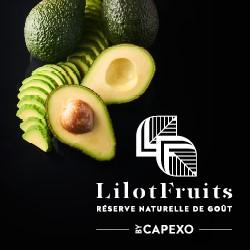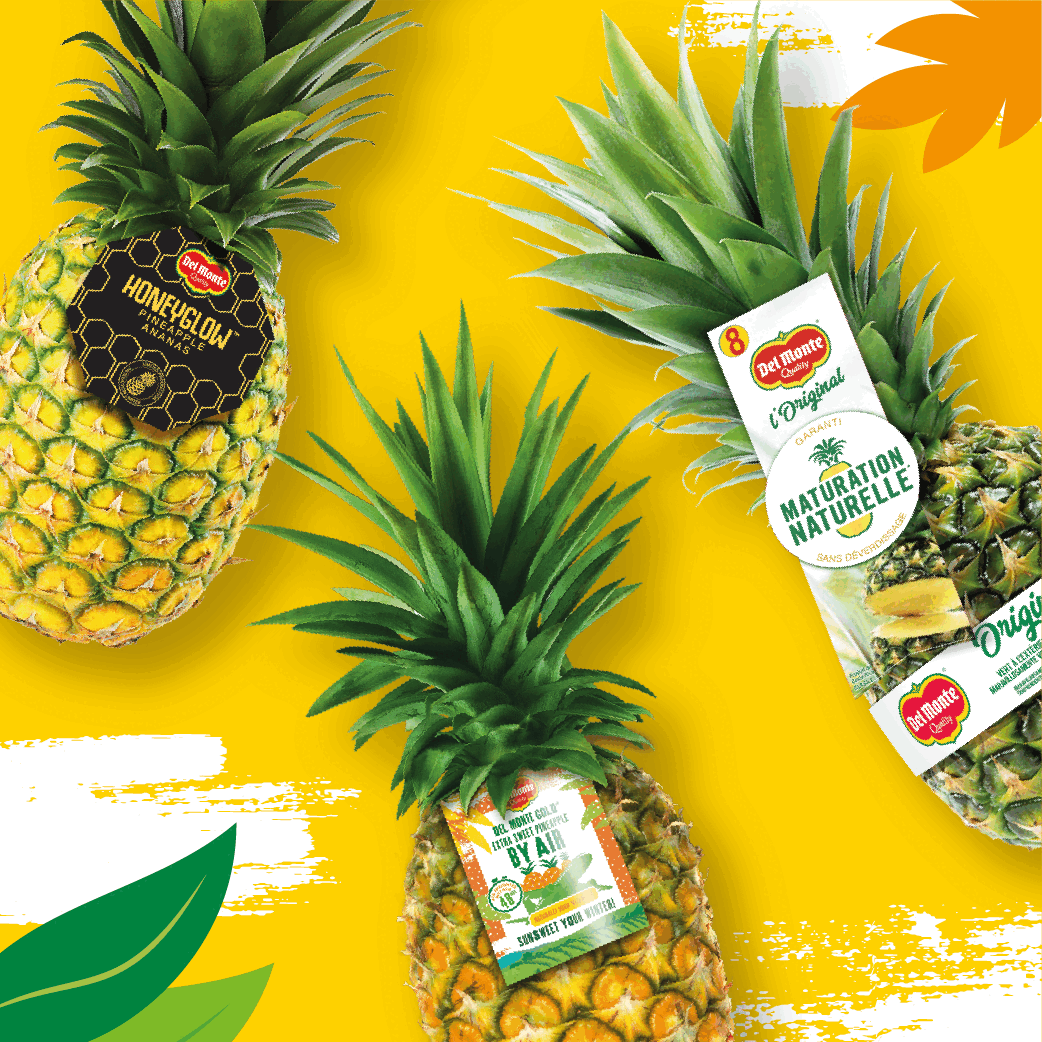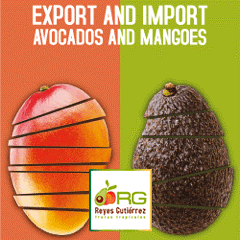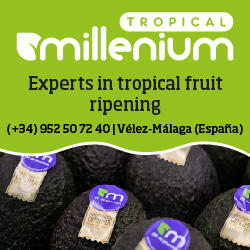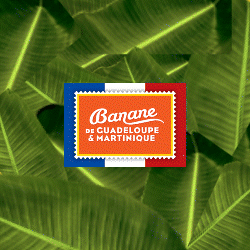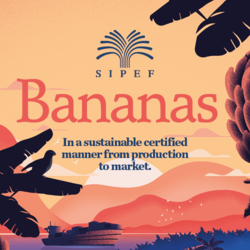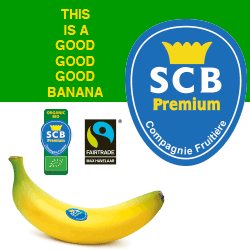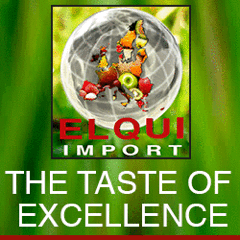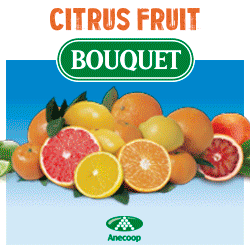COVID-19 measures extended across exporter countries
- Published on 6/04/2020 - Published by DAWSON Carolina
- Free
The ongoing global spread of COVID-19 has led to the implementation of measures all around the world, of varying degrees of strictness: quarantines, containment, curfews, etc. The initial findings in terms of the measures adopted in Europe have showed a massive change in consumption on the markets, and their structure: https://www.fruitrop.com/en/Articles-by-subject/Direct-from-the-markets/2020/The-impact-of-covid-19-measures-on-fruit-and-vegetables-distribution-in-France. Questions persist over the impact of the measures adopted on production and export activities in the various supplier countries. Although the situation is very changeable, varying from week to week, here is our initial review of the situation.
Informations
- Product(s) : Citrus , Avocado , Banana , Fruit and vegetables
- Rubrique / Thématique : Direct from the markets
- Country : Africa , South africa , Latin america , Colombia , Cote-d'ivoire , Ecuador , Europe , France , Guatemala , Kenya , World , Peru
- Keywords : Logistics , Production , Transport
Latin America
As at week 14, nearly all the Latin American countries had decreed mandatory public containment, or even implemented curfews, and closed their borders, with a few exceptions such as Mexico or Brazil, where the measures to this day remain relatively flexible compared to neighbouring countries.
In countries where measures are stricter, such as Ecuador, Colombia or Peru, activities have been heavily restricted to those deemed essential for the population, such as healthcare, the banks and of course the agricultural sector. For the latter, there are guaranteed exemptions to ensure continuity of local and export supplies, with the implementation of health & safety measures to safeguard the health of agricultural labourers, such as cutting back personnel on the plantations and in packing stations, social distancing, and a ban on at-risk populations from the sites, such as the elderly or those with health problems. Furthermore, vehicles transporting merchandise need to be issued with special permits during curfews in countries where they are in force, or at all times in countries such as Ecuador where traffic is comprehensively restricted. Hence while the production and export activities are struggling on in most countries, some impacts can nonetheless be observed because of an inevitable fall in activity due to reduced working hours (for example in Guatemala, the curfew extends from 16:00 to 04:00) and cutbacks in personnel, who are sometimes finding it hard to get out to the work sites (e.g. no public transport in Peru and Ecuador). Similarly, logistics seems to be the biggest hindrance, again because of personnel cutbacks for road transport, in the ports and also for delivering inputs and packing supplies (boxes, pallets). For the moment, the efforts undertaken by the industries have been able to limit the effects of these various obstacles to a moderate fall in volumes and some delays in forwarding and exporting the merchandise.
However, the alarming news from Ecuador covered in the press last week, reporting the disease’s expansion into the Guayas zone and around Guayaquil, and the probable arrival of the virus to the top banana production zones, is raising fears of the situation getting out of control. For the good of the local populations, let’s hope it does not come to that. As residents and labourers become increasingly afraid to venture out of their homes, governments will be forced to step up their measures to control the spread of the disease.
Africa
In Africa, where the disease is only in its initial stage, things seem to be going more slowly. Measures have been taken by certain countries, such as Côte d’Ivoire closing its borders, or Kenya which very quickly decreed containment measures. Yet in most countries, there is seemingly little effect on the export sector. In South Africa the national transport company Transnet has scaled back its activities, and stopped transporting non-essential loads by rail and sea-freight. The personnel cutbacks and reduction in available port docking space for loading ships was already causing congestion, additional costs and very significant delays (up to 21 days!). hich raised fears of major repercussions for citrus and avocado exports from South Africa, whose export season is about to start (https://www.fruitrop.com/en/Latest-News/Transnet-lockdown-threatens-citrus-throughput). However, following new agreements reached the end of w14, the capacity of the ports will be reinforced until reaching 70/80% of its normal capacity and a reduction in congestion should be observed in the days to come.
Implications
For the banana, to date, exports are flowing uninterrupted from all origins, despite the implementation of measures in various countries. True, the export chain is at times suffering from slowdowns at various levels, but its flows are being ensured. However, while volumes have somewhat subsided, this should be set against reductions in orders from the main importer markets (Europe, Russia, Mediterranean) which have been crumbling under the pressure, in particular since week 14 (see the w14 Banana Market Report: https://www.fruitrop.com/en/FruiTrop-Weekly/Banana/2020/Banana-Market-Report-sem14-2020).
For the avocado, the measures taken in Peru, which are affecting harvesting and packing capacities, could slow the start of the summer campaign somewhat. However, this is only getting going, with the bulk of volumes not expected until toward May, and historically high quantities are expected for this season. The situation is the same for South Africa, until some fluidity is covered and port congestion regularizes.



